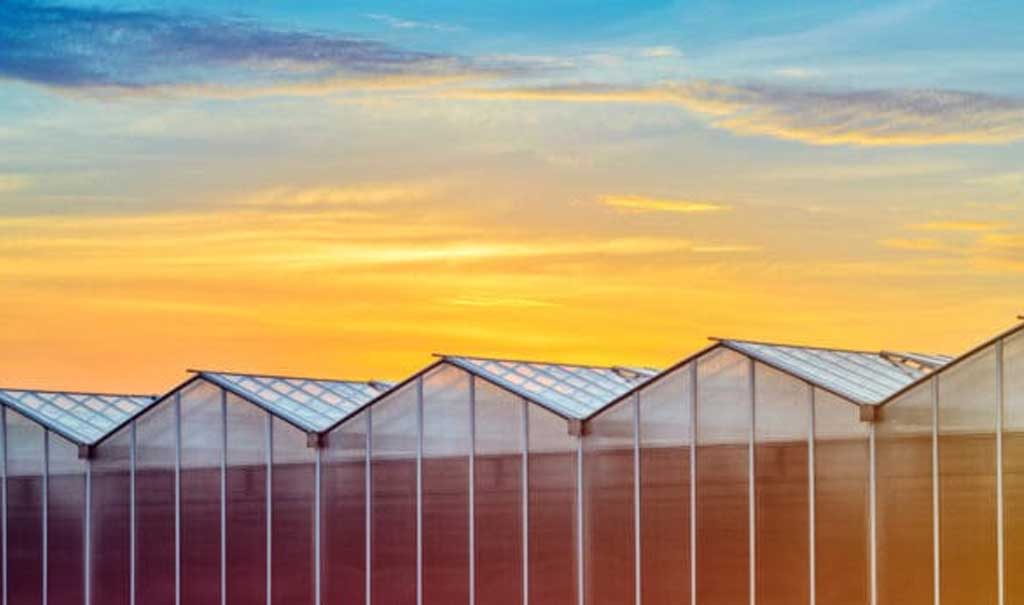The science behind growing plants is changing, and that said, there is much being learned about where is the best place to grow plants. And when you think about where to grow, you’ll quickly realize that lighting needs for cultivators becomes a major part of the equation.
Right now, no one can say definitively if it’s best to grow a plant indoors, in a greenhouse or outdoors as we’ve been doing for generations. If you ask a grower, they’ll tell you their personal opinion, and many believe that growing indoors – where conditions can all be controlled (temperature, humidity, light spectrum, pests) – is the best.
But good cultivators can and do grow in all kinds of locations and conditions and depending on the crop, they can configure their growing operation in many different ways. And lighting needs for growers are highly dependent on their individual growing operation.
How that light is supplied and managed is highly dependent on what you are growing, when and where you are growing it. Each plant has its own lighting needs and preferences, and those can even change depending on where it’s grown.
For cultivators, learning how to get the perfect light for optimal growing conditions is key – and it can mean higher yields, tastier crops and ultimately – more money.
So, what are the different options and what do growers need to know? First, let’s talk about lighting needs for growers who grow in greenhouses.
Greenhouse lighting
When you grow in a greenhouse, you aren’t completely replacing natural sunlight, because greenhouses are designed with sunlight as the primary lighting source. So, really, growers are looking to supplement sunlight when they grow in a greenhouse. Cultivators use greenhouses to start crops and also to protect against pests, making greenhouses a great environment to grow in. You get natural light filtering in through the greenhouse walls (which are usually glass or polyurethane) and you need to generally be knowledgeable about shadows and how to keep consistent lighting on your plants. Many growers use sensors to detect shadows so supplemental lighting can be turned on and off, depending on the conditions each day.
Greenhouses usually need some form of heat, depending on the season and location of your operation – and especially if a grower is using LED lights which burn cooler than older technology HID lights.
The big difference in growing in a greenhouse vs. outdoors or in an indoor facility is, you don’t rely 100% on artificial light, and so when you are choosing a grow light, like our Verta or Linea systems, it’s important to get a full-spectrum light that is higher in red and blue light because you get the middle of the spectrum from natural sunlight.
Indoor lighting
When a grower is growing crops indoors, they have full control over the light the plants are given to grow and flourish, so lighting needs for cultivators will be different. There is no natural light available, so it’s up to the cultivator to make the best choice for indoor lighting options.
In an indoor operation, unlike a greenhouse operation, the plants are usually moved to different rooms to expose them to different intensities and/or spectrums of light during different parts of their life cycle (propagation, vegging and lowering/fruiting). In an indoor growing operation, cultivators may also choose to use vertical racks to grow plants, which takes advantage of the height of their building and allows for more plants per square inch.
While indoor growing can require a larger investment than a greenhouse because cultivators have to create their own ecosystem and control every aspect of the environment, there are some definite advantages. This is also called Controlled Environment Agriculture.
Because the cultivator dictates the season for their plants by controlling the whole environment, there are some interesting lighting options available for indoor cultivators.
Inter lighting, which is a common practice in greenhouses, is one such option that is being embraced by indoor cultivators during the flowering stage. It adds light below the top of canopy which generates higher yields down stalk of the plant – especially in crops like cannabis, tomatoes, and cucumbers.

Indoor growers have to be more conscious of the intensity of their lighting for each growth stage. A low intensity light is appropriate for propagation, but cultivators will want to increase the intensity for vegging again for the flowering stage. Some of that can be done with dimmers, but it is more cost effective to combine a dimmer with an appropriate intensity of light which also provides better control.
The Key Takeaway
There isn’t a clear cut or black and white answer as to which method of growing is better. Greenhouse growers generally have lower operating costs and benefit from natural sunlight for their crops.
Indoor growers have fewer pests and other infestations or issues like mold, but they have higher operating costs.
The bottom line is, where you grow, what you grow and how you grow is highly subjective.
The only constant is, plants need light to grow, flower and flourish, and there are many lighting options for growers available to meet any need or preference.
The best way to determine what’s right for you is to take a close look at your current resources and plans to determine your most practical route forward. If you have any questions, do not hesitate to ask.


